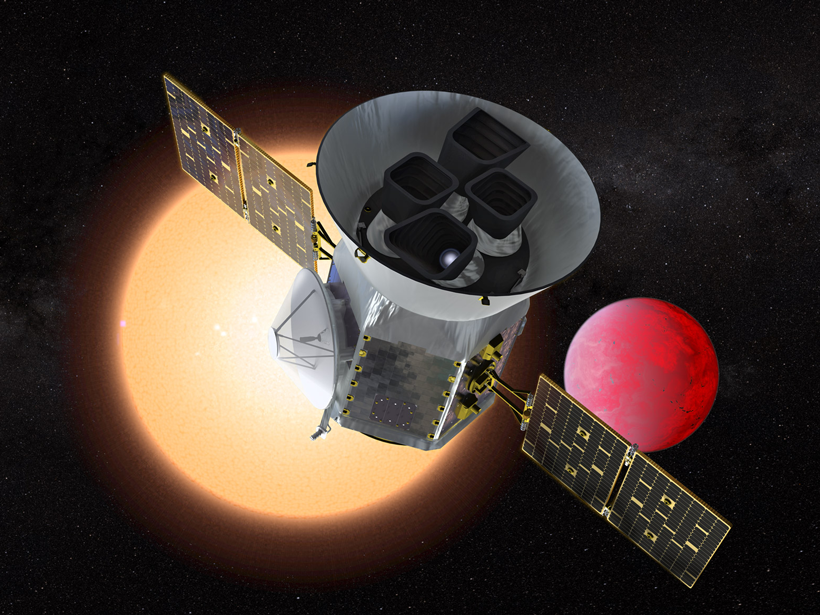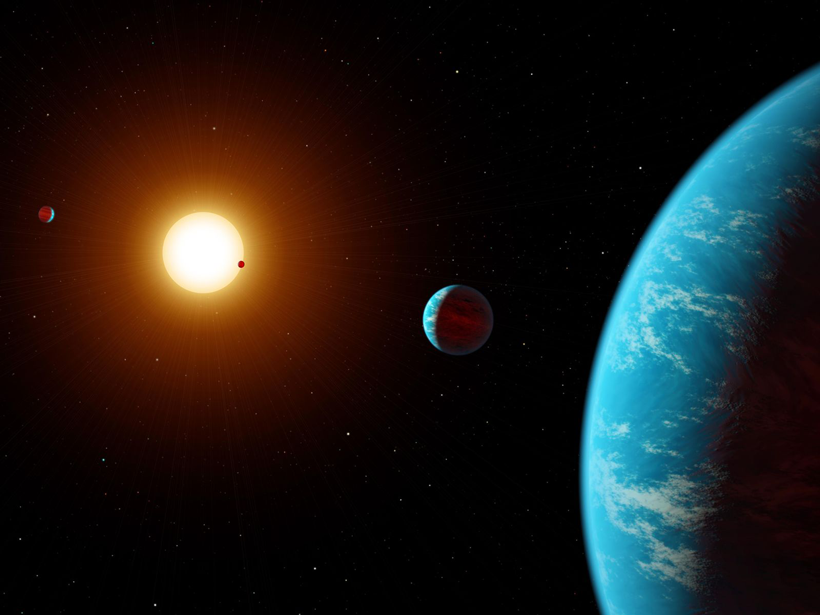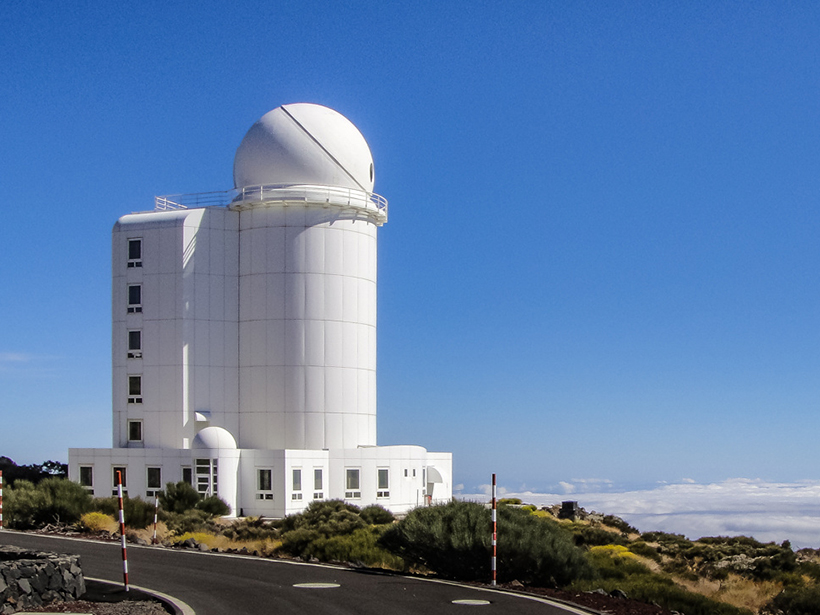Thanks to some crucial calibrations, the world’s biggest solar telescope will have a clearer view of the Sun.
telescopes
An Underwater Telescope to Study Sky and Sea
To peer into the farthest reaches of the universe, you must first build a giant underwater telescope.
A Meteor Struck the Moon During the Total Lunar Eclipse
Telescopes around the world detected an impact event on the lunar surface just before totality on Monday. Amateur and professional astronomers are starting to coordinate data.
New Exoplanet Telescope Detects Its First Two Planets
The two possible planets, each larger than Earth and too hot to be habitable, are the first of hundreds of Earth-sized exoplanets expected to be discovered by a recently launched telescope.
The Kepler Revolution
The Kepler Space Telescope will soon run out of fuel and end its mission. Here are nine fundamental discoveries about planets aided by Kepler in the 9 years since its launch.
Seeing Green: A Stratospheric View of the 2017 Total Eclipse
Airborne telescopes gave scientists a sky-high view of the 2017 Great American Eclipse as they took measurements that are difficult to obtain from the ground.
Exoplanet-Hunting Telescope Launches
Scanning for traces of faraway worlds, TESS will make observations over an area hundreds of times larger than that observed by its predecessor, the Kepler Space Telescope.
Looking to the Future of Exoplanet Science
Upcoming missions seeking to unravel the secrets of exoplanets abound. An informal survey of astronomers revealed which of those projects they most eagerly await.
Observing Mercury’s Brilliant Flares from Earth
Researchers make the first short-term observation of sodium flares in Mercury’s exosphere.
Ten Earth-Sized Planets Found by Exoplanet-Hunting Telescope
A new analysis of exoplanet candidates also reveals a previously unrecognized tendency for smaller exoplanets to grow into two distinct sizes.










